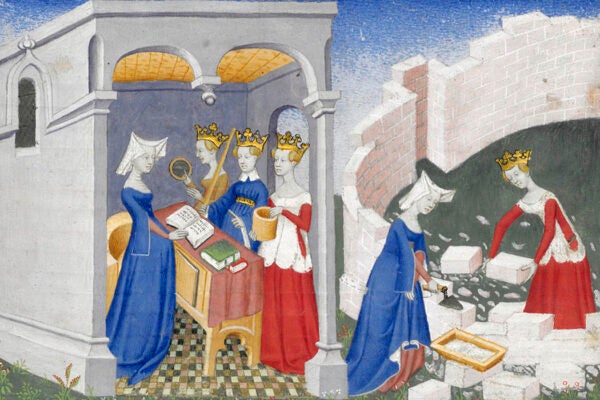What’s it like to be the forgotten child of a celebrity? Such is the predicament of Jane, the main character Jane of Lantern Hill, a 1937 novel by Canadian L. M. (Lucy Maud) Montgomery. If you haven’t heard of Jane, it’s because she’s at the center of a novel that never moved far from where it started. Although Montgomery considered writing a sequel, she never got around to it. It was unusual for her, but it seems the story was over after a single book.
Jane’s spiritual sisters, Anne Shirley of the Anne of Green Gables series and Emily Byrd Starr of the Emily of New Moon series, are more popular, more admired, and much more remembered. Jane, in contrast, is tragically plain. According to Montgomery scholar Benjamin Lefebvre, Jane of Lantern Hill received few reviews, though they generally skewed positive. In a 2014 review for The Independent, Lesley McDowell writes that “[s]ome may find this heroine…a little too keen on being good, too” (in this instance, Anne Shirley is the “too”), but she nonetheless finds the relationship between Jane and her father “genuinely delightful to watch unfold.” (A November 3, 1937, review in the Auckland Star of New Zealand also claims the novel was “delightful to read,” notes Lefebvre, so maybe there’s a through line there.) Anne and Jane share the same stampeding optimism, but somehow for Montgomery, Jane’s charm didn’t warrant sequels.
Jane of Lantern Hill follows the story of the dreamy and precocious Jane Victoria Stuart. Jane lives in Toronto with her easily intimidated mother and strict, controlling grandmother. She dreams, as all of Montgomery’s protagonists do, of freedom and a connection to the natural world. Both of these deep-seated desires become suddenly attainable when she’s invited to live with her estranged father in a house on the beautiful Prince Edward Island. This house is named, obviously, Lantern Hill.
There are scholars who defend Jane’s merits and include her in conversations about Montgomery’s works, despite the relative lack of public recognition for the novel. Christiana Salah, drawing on the research of Kate Ferguson Ellis, also compares Jane of Lantern Hill to Anne of Green Gables in terms of the subtle but powerful feminist subtext it demonstrates through the precarious domestic situations of its female protagonists. Both Anne and Jane share such a predicament: they’re young women compelled to assert themselves in a stifling atmosphere that offers them no legal rights or agency.
“More sensational gothic themes like family violence and women’s lack of legal or financial agency lurk in the shadows of Montgomery’s longer works and often receive full treatment in her short fiction,” Salah writes. “Placing Montgomery within this literary tradition highlights preoccupations that run deeply through her work: the female relationship to the sphere of the home, the shift from adolescence to womanhood, and the issue of class mobility as it pertained to the women of her culture.”
Joseph Gerard Brennan proposes that Jane’s existence reflects Montgomery’s own chaotic home life, during which she moved from one house to another, struggling to settle down and establish an identity while shackled to a mentally and physically ill husband for whom she did not have romantic feelings.
Weekly Newsletter
“Her last non-Anne heroine, Victoria Jane [sic] Stuart, projects once again her home-seeking appeal, tinged with sadness, in Jane of Lantern Hill,” Brennan comments.
Readers can decide for themselves where Jane stands in status in Montgomery’s all-girls classroom. And the single 1990 film adaptation, directed by Kevin Sullivan, is available for purchase on DVD for those who prefer to see Montgomery’s elaborate fictional worlds in cinematic color.







